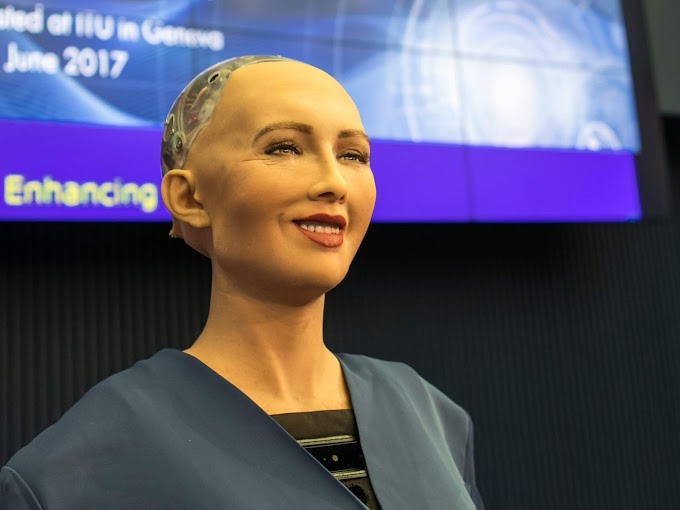Cognitive computing systems use a computerized model to
simulate human cognition to find solutions to complex situations where the
answers may be vague and uncertain. Although the term cognitive computing is
often used interchangeably with artificial intelligence (AI), the phrase is
closely related to IBM's cognitive computing system, Watson.
Cognitive computing intersects with AI related to many of
the same underlying technologies as cognitive applications, including expert
systems, neural networks, robotics, and virtual reality.
How
cognitive computing works
The cognitive-computing scanning system synthesizes data
from a variety of information sources while weighing context and conflicting
evidence to suggest the best possible answers. To achieve this, cognitive
systems include self-learning technologies that use data mining, pattern
recognition, and natural language processing (NLP) to mimic the workings of the
human brain.
Using computer systems to solve problems that humans
typically encounter requires a huge amount of structured and unstructured data
fed into machine learning algorithms. Over time, cognitive systems are able to
improve ways of identifying patterns and processing data to become able to
anticipate new problems and model possible solutions.
To achieve these capabilities, cognitive computing
systems must have five key attributes listed by the cognitive computing
consortium.
Adaptive: cognitive systems
must be flexible enough to learn as information changes and goals evolve. The
system must be able to digest real-time dynamic data and make adjustments as
the data and environment change.
Interactivity:
human-computer interaction (HCI) is a critical component in cognitive systems.
Users should be able to interact with cognitive machines and protect their
needs as they change. Technologies must also be able to interact with other
processors, devices, and cloud platforms.
Interactive and static:
cognitive computing technologies can also identify problems by asking questions
or attracting additional data if the reported problem is vague or incomplete.
Systems do this by maintaining information about similar situations that have
previously occurred.
Contextual: understanding
context is crucial in thought processes and therefore cognitive systems must
also understand, identify and process contextual data such as syntax, time, location,
domain, requirements, specific user profile, tasks or goals. They can draw on a
variety of information sources, including structured and unstructured data, as
well as visual, auditory, or sensory data.
How
cognitive computing differs from AI
Cognitive computing is often used interchangeably with
AI-a generic term for technologies that rely on data to make decisions. But
there are nuances between the two terms that can be found within their purposes
and applications.
AI technologies include-but are not limited to-machine
learning, neural networks, NLP, and deep learning. With AI systems, data is fed
into the system over a long period of time so that systems study variables and
can predict results. Applications based on AI include an intelligent assistant
such as Alexa Amazon or Apple's Siri, and unmanned vehicles based on AI.
The term cognitive computing is commonly used to describe
artificial intelligence systems that aim to model human thinking. Human
cognition involves real-time analysis of the environment, context, and intent,
among many other variables that inform a person's problem-solving ability.
Building cognitive models that mimic human thought processes requires a range
of artificial intelligence technologies, including machine learning, deep learning,
neural networks, NLP, and mood analysis.
In General, cognitive computing is used to help people
make decisions. Some examples of cognitive computing applications include
supporting physicians in their treatment of diseases. IBM Watson for Oncology,
for example, was used at the Sloan Kettering Memorial cancer center to provide
oncologists with evidence-based treatment options for cancer patients. When
medical staff enter questions, Watson generates a list of hypotheses and
suggests treatment options for doctors to consider.
Where AI relies on algorithms to solve a problem or
reveal patterns hidden in data, cognitive computing has the higher goal of
creating algorithms that mimic the human brain's thinking process to solve an
array of problems as data and problems change.










0 Comments